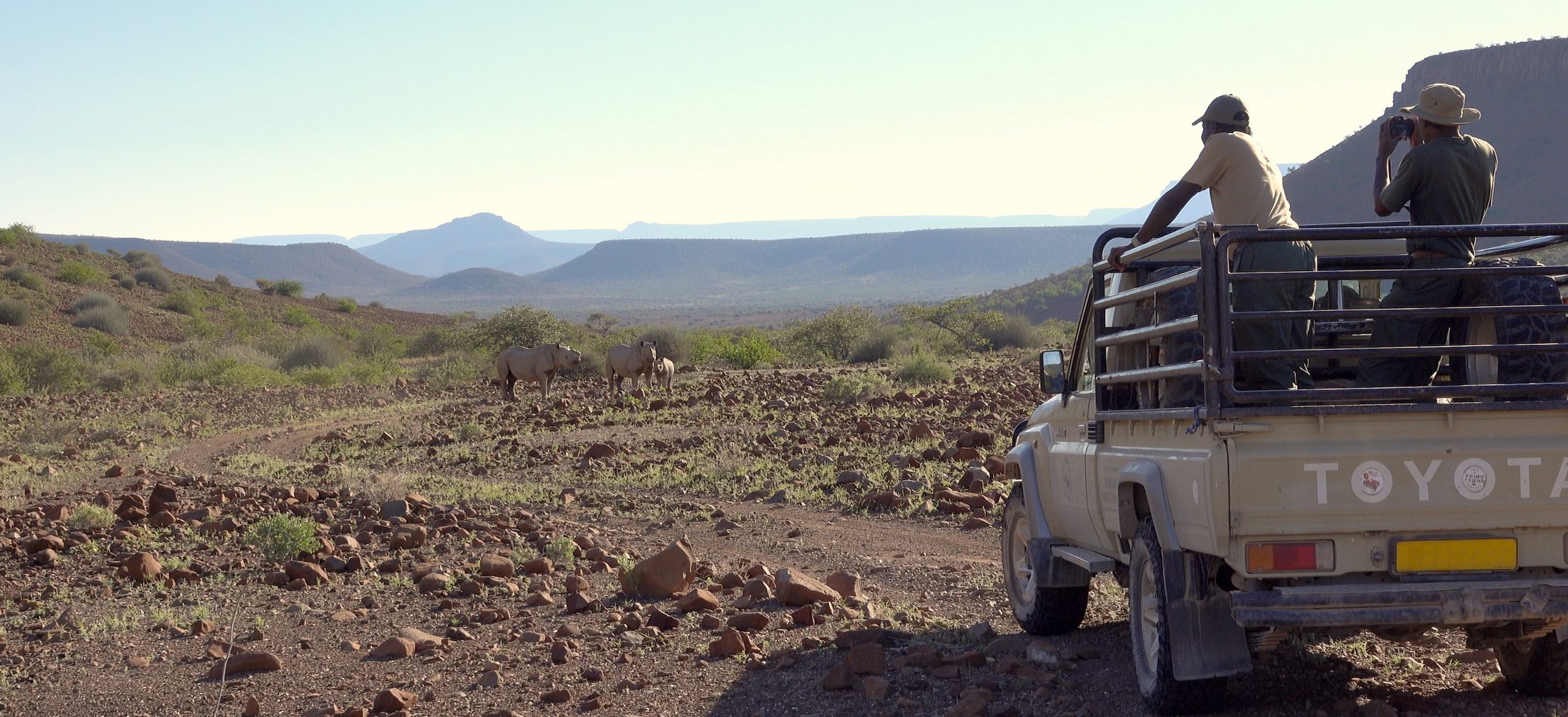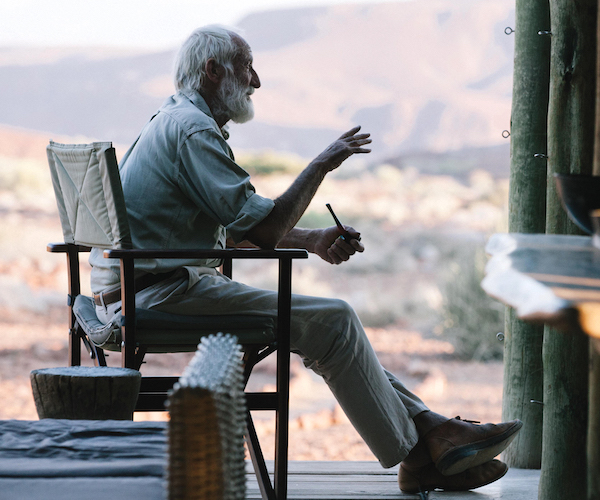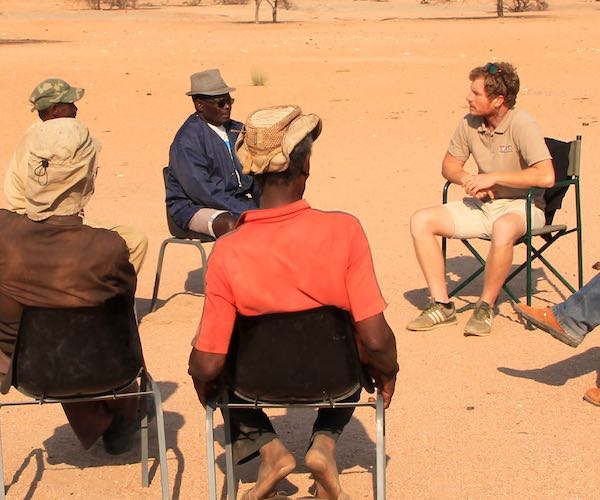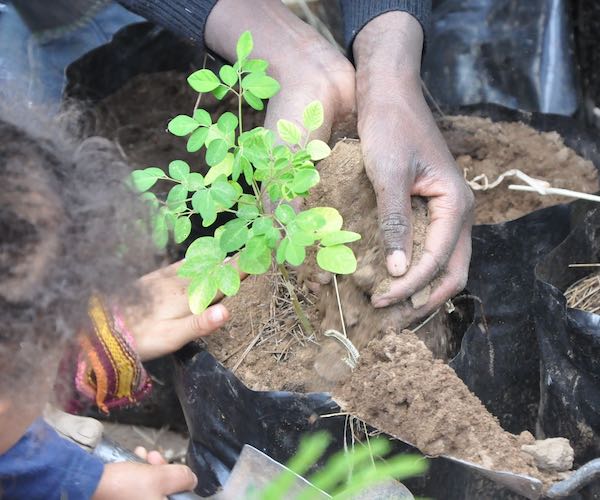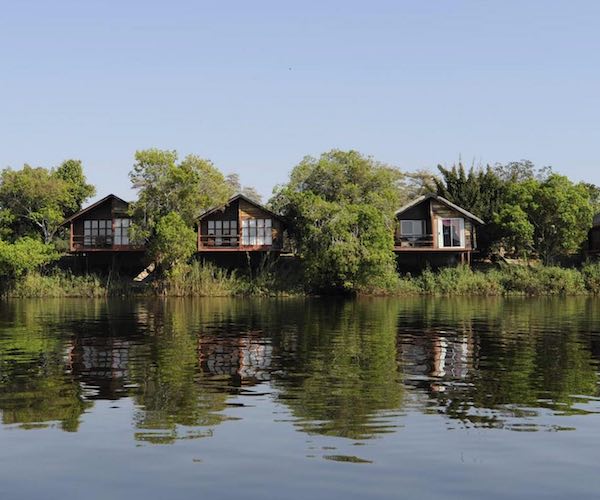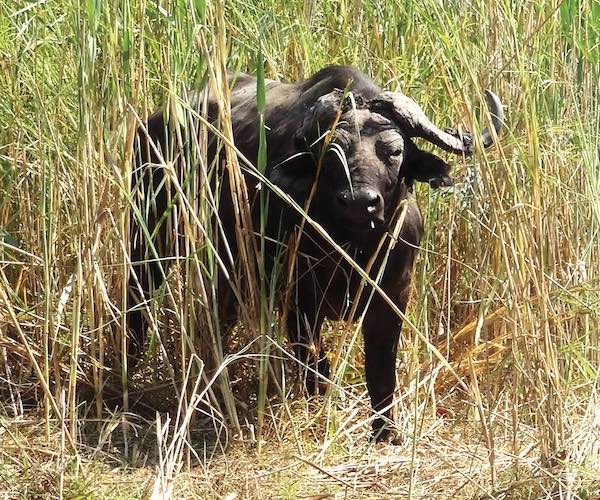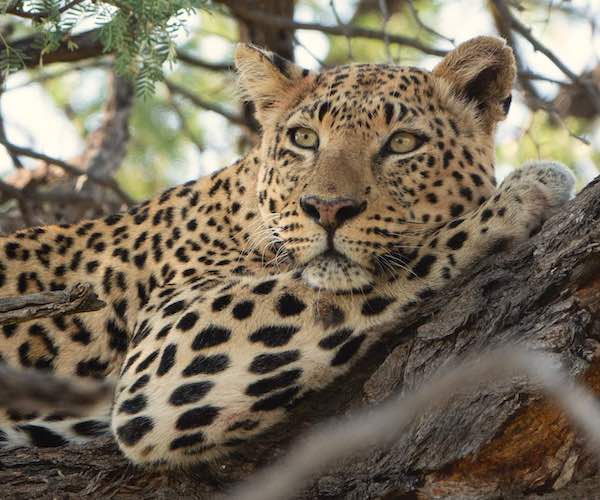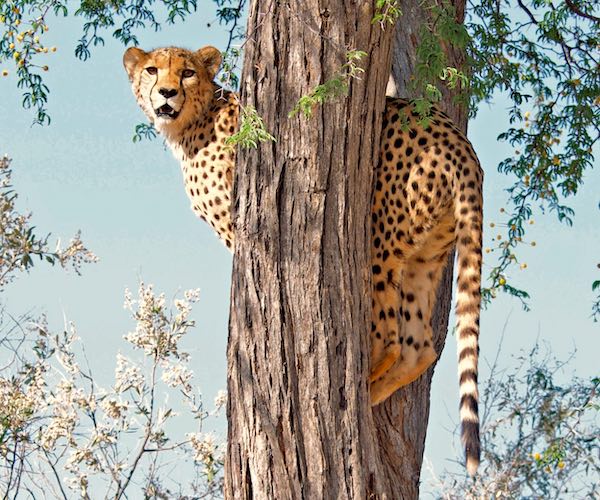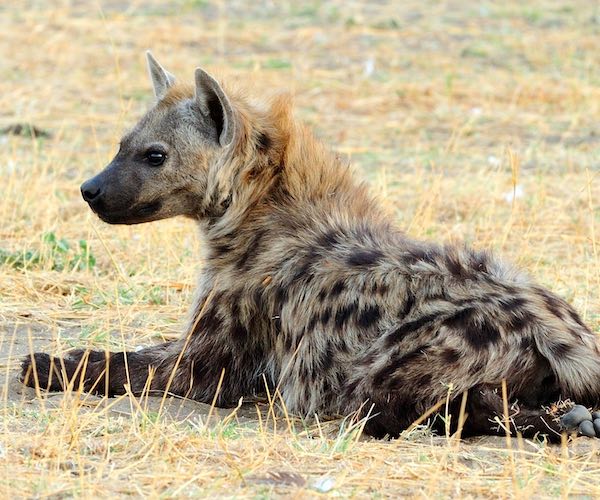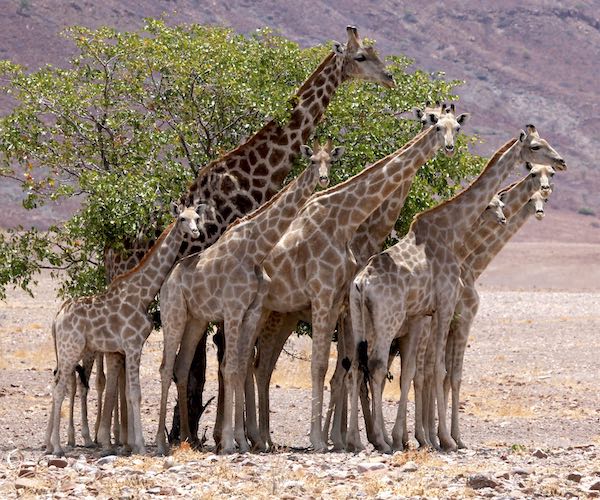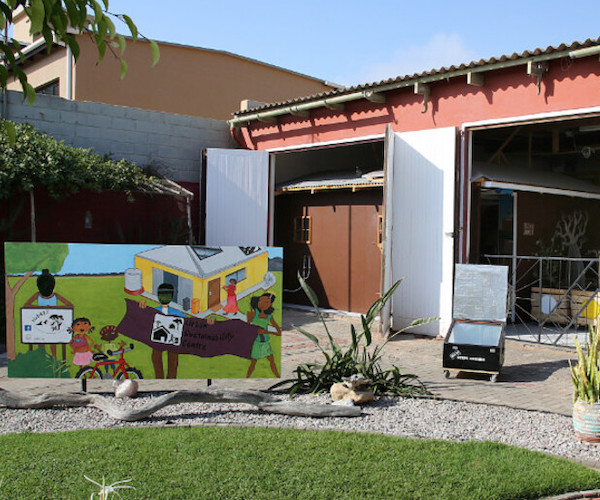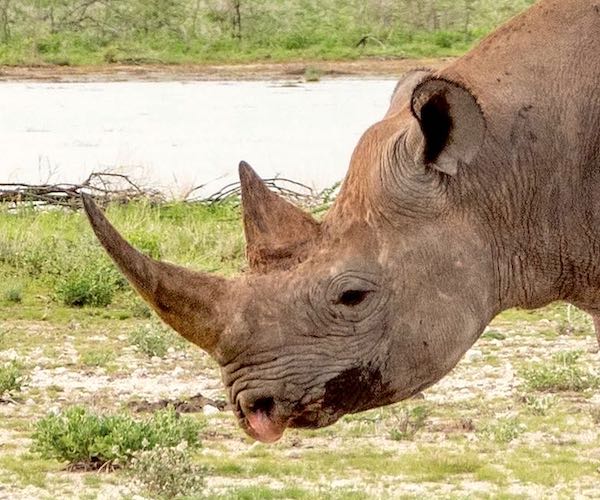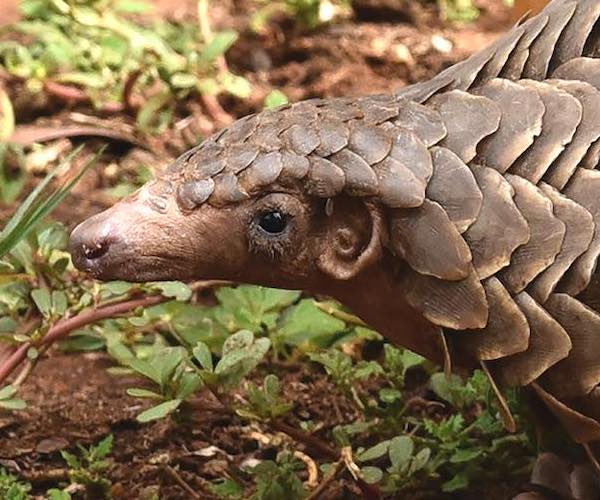The year 2020 will always be remembered for the global coronavirus pandemic and its socio-economic impact. Yet the 2020 edition of Conservation & Environment is deceptively (perhaps refreshingly) coronavirus-free. Most of the articles were written before the outbreak, or before anyone realised how quickly it would spread or the severity of its impact on our world.
During the short time between writing and publishing, our socio-economic system has been thrown into disarray. Yet nature has carried on without batting an eyelid. The state of the natural world is nonetheless closely linked with human economics, particularly when conservation funding relies on income from international tourism. Air travel restrictions, closed borders and domestic lockdown measures spell tough times for the tourism sector, which in turn squeezes the conservation purse.
The Namibian Chamber of Environment (NCE) and its members have faced these challenges by looking at innovative ways to fund conservation during these tough times. The NCE and its members have worked closely with B2Gold on an amazing programme to turn 1,000 ounces of gold from the Namibian Otjikoto mine into 1,000 limited edition Rhino Gold Bars to generate income to support community-based rhino conservation in the Kunene and northern Erongo Regions. The first disbursement of about N$3.5 million has already been made, to support all the rhino rangers and guards in the conservancies with rhinos for the next 12 months. This contribution is part of a much larger drive led by the Ministry of Environment, Forestry and Tourism (MEFT) and supported by several NCE members to buffer conservation from the current and on-going economic shocks. The NCE has also made a number of grants to support the work of its members most severely impacted by the loss of income related to tourism.
While funding strategies may change due to coronavirus, our members’ commitment to conservation remains the same. Consequently, the commendable efforts presented in this edition will either carry on – in a modified form, if necessary – or pick up again when the world returns to its new normal. The 2021 edition of Conservation & Environment will no doubt showcase how Namibian conservation has adapted to these conditions. For now, you can enjoy reading about conservation in the ‘good old days’, as it were.
While international tourism is an important source of revenue for conservation, its positive contribution must outweigh potential negative impacts. Three of our articles look to improve tourism’s direct contributions to conservation by 1) marketing communal conservancies as sustainable destinations, 2) creating a direct link between mobile tour operators and community projects, and 3) adding extra value to species that are under threat in partnership with tourism operators. Two articles focus on reducing possible negative impacts – planting trees to reduce tourism’s carbon footprint, and introducing a new way to measure hunting trophies to reduce impacts on hunted species.
Conservation relies on scientific research to guide our actions. This research stems from curiosity about how nature works and questions about how to improve our relationship with nature. Dr John Mendelsohn awakens our curiosity by asking several questions about the natural world that can drive Namibian research forwards. Further, the spotted hyaena, giraffe and leopard research efforts presented here from various institutions and individuals provide insights into how we should manage these species. Dr Antje Burke gives us a peak at the special plants and fragile ecosystem that she has studied for many years in the Tsau //Khaeb (Sperrgebiet) National Park and shares her passion for this unique place that is soon to be opened for guided tourism.
While research is critical, we need to ensure that the general public understands the importance of their environment and what they can do to help conserve it. Giraffe Conservation Foundation (GCF) introduces children from in and around Windhoek to the wonders of the natural world found in Daan Viljoen Game Reserve. Meanwhile in Swakopmund, the Namib Desert Environmental Education Trust (NaDEET) has opened a brand new centre to educate children and the general public on how they can live more sustainable lifestyles.
Tourism, research and education all have a role to play in conservation, yet some of the most crucial work on the ‘frontlines’ involves reducing the threats posed by wildlife crime and human-wildlife conflict. Namibia has tackled the challenge of wildlife crime using a highly collaborative, inclusive approach that is starting to show real signs of success. Two articles look at how the approach works and what we have learned along the way. In terms of human-wildlife conflict, N/a’an ku sê share some of their work on reducing livestock losses to spotted hyaenas and responding to farmers’ requests for assistance with carnivores on their land.
This edition is dedicated to the memory of Garth Owen-Smith, one of the pioneers of community-based conservation in Namibia. Brian Jones and Chris Weaver were privileged to work closely with Garth during the early days when they witnessed his gentle yet persistent approach. Their article gives a small taste of what it was like to work alongside Garth when community-based conservation was still a foreign concept. While Garth will be sorely missed, his legacy lives on through our collective efforts to conserve the country he loved.
Yours in conservation,
Chris Brown and Gail Thomson
